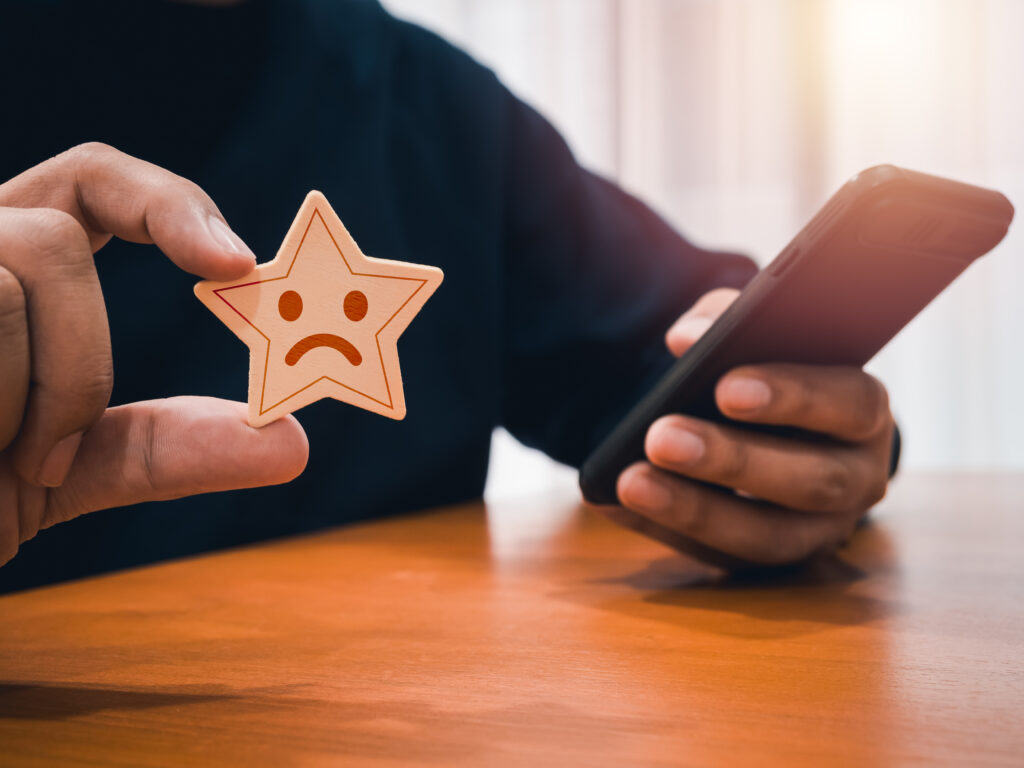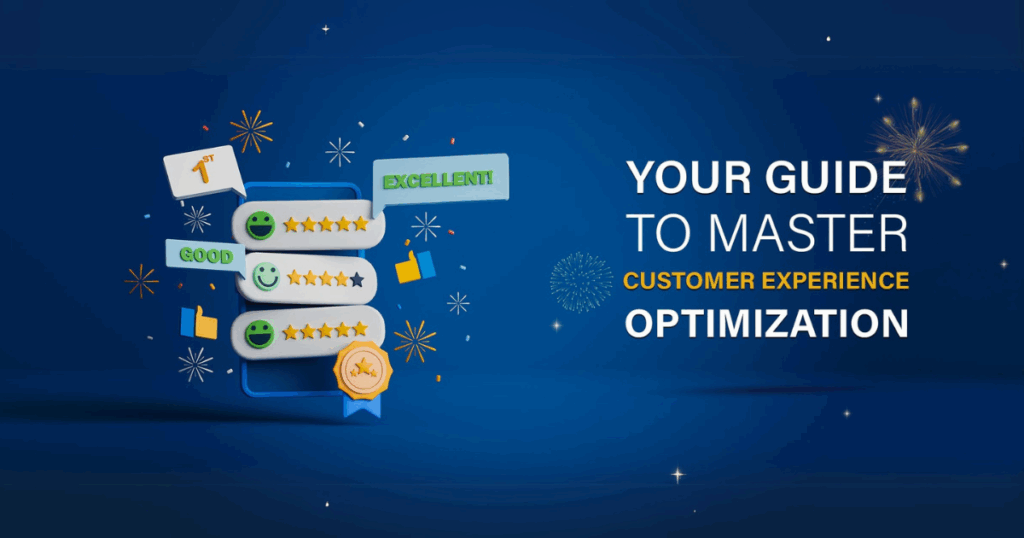Table of Contents
There’s no shortcut to success! But a satisfied customer is definitely a way that guarantees the success of your business! And for your customers to be satisfied you must ensure that they have a great customer experience.
Customer experience happens at any touchpoint that occurs between customers and your business, so it not only affects how customers perceive your business, but it can also increase your sales and brand loyalty.
Can you imagine, studies show customers who have a good experience are 3.5x more likely to repurchase and 5x more likely to recommend the company to others than if they had a poor experience!
As technologies evolve, customers are becoming smarter and smarter, because they have unlimited access to technologies, they always utilize them to get what they want, anytime they want!
In our previous article, we discussed some important points that, when overlooked, can lead to poor customer experience. Now we’re here to tell you all the things you need to do to optimize your customers’ experience.
But first, we should divide the factors that can be optimized:
1) Web experience optimization
Optimization of web experience aims at creating an online platform with specific messages and visuals that boost engagement and conversions across multiple touchpoints with visitors.
To quantify the performance of a website and assess their strategy, businesses must always make use of controlled experimentation and dynamic web journey delivery. This allows them to make any necessary adjustments and enhance their customers’ web experience.
2) Product experience optimization
Having a loyal customer base is the main goal for any business, the product is one of the means to achieve this objective. A carefully designed product provides an edge to the company in any competitive market.
Thus, regular optimizations are a must!
3) Messaging experience optimization
Customer experience optimization should cover every touchpoint that a client has with a business, including messages. This is where messaging tools, such as emails and push notifications, come into play!
Messaging tools allow a company to send targeted messages to its customers at any convenient time.
Optimizing customer experience includes those 3 factors, as they come hand in hand with one another. You might need to optimize one factor, or even the 3! And sometimes optimizing one factor leads to further optimization of the other 2. That’s why you should always look into these 3 elements before setting any optimization plan.
After defining which element needs optimization… What should you do next?
HERE COMES THE MOST IMPORTANT PART!
How to optimize customer experience?
1) Identify customers’ pain points

Knowing your customer is key to optimizing customer experience. So, you should always start with asking the right questions that lead to knowing more about your customers.
Your goal behind optimizing customer experience should be satisfying customers’ needs and meeting their expectations to provide a positive customer experience.
The process of customer experience optimization includes targeting your customers’ needs and meeting their expectations to provide a positive experience. So, you should know where your customers get stuck, what resonates with them, and what makes them suffer.
Yes, we know! You don’t know where to start! But here are a few places that will help you identify your customers’ pain points:
- LISTEN to your customers and understand their needs. This can easily be done through surveys, getting your customers’ feedback on social media or even tracking their interaction with your business.
- ANALYZE the information that you gather! Data analysis should identify any areas that need improvement to help you satisfy your customers’ needs and meet their expectations. This should help you identify areas where your customers get stuck.
- LOOK for answers internally! Customer-facing teams know most of the problems that your customers face.
Listening and evaluating should be implemented regularly to help you identify your customers’ pain points. As a business, you should always keep your teams and goals aligned and let the teams regularly communicate about the problems that your customers face.
2) Customer data analysis:

Analyzing customer data is more than just looking at the reports! There’s a reason why the numbers in the report are the way they are, but digging deep and looking beyond numbers is what really matters.
Start by looking at calls that take longer handle times, you might find some problems that clients communicate during phone calls, and these problems might be the reason why your users have a poor customer experience.
Install tracking tools in your website to view some sessions conducted by your customers, this will help you understand and visualize the process that your customers go through when visiting your website, and it will help you analyze what attracts your customers, what drives them away, and what troubles they face.
3) Define your objective before you start optimizing

There’s nothing really better than knowing and understanding what you really want, setting a plan for it, and making regular adjustments to reach your objective! Always set your goal before setting any plan or doing any optimizations; this will help you to make optimization easier and make your goals quantifiable.
There are 4 main goals that you want to optimize customer experience in order to achieve
Satisfaction: aiming to achieve a higher satisfaction score.
Revenue: Optimizing customer experience to gain more revenue.
Cost-saving: Sometimes, you might need to cut down on costs attributed to customer experience.
Improving service: focusing more on having a faster and more efficient service.
So, you always need to look into your goals and understand why you really need to optimize customer experience in the first place!
4) Finally! Optimize your goal!
Start with your website!
Online presence allows your business to be in close communication with your customers at every stage of the purchase funnel, starting from the awareness phase to the loyalty phase!
Your website should have compelling messages and your customers should have a flawless experience on your website and any online presence.
To learn the latest tips and tricks that you can implement on your website check our article “Get your business ready for 2024 E-commerce Trends!”
Take a look at your customers’ journey
Make use of your previous interactions with your customers; all the history data that you gathered from your users will help you understand their needs and expectations about your business.
And as we said earlier, analyzing customer data will help you understand where your users get stuck and what drives them away
Implement omnichannel engagement
Imagine how would your customer feel, if they have to restart the conversation over and over, if they ever contact you through a different channel?! Exactly, they’ll get disappointed!
Studies show that Customer retention rates are 90% higher for omnichannel vs. single channel.
For your clients to experience a smooth transition between channels, this requires an infrastructure that supports omnichannel engagement between platforms.
5) Measure the effects of your optimization
Remember the 4 main goals that we talked about earlier? Now will be the time to measure the effects of your optimization process on customer experience and whether all these efforts help in reaching your original goals or not!
Get regular feedback, not just from your customers but also from your employees. This will help you get a full understanding on what might be working and what needs more optimization.
Customer experience in an ongoing process that doesn’t stop! To ensure that your customers have a great experience at any moment, you must always aim at improving not just your products and services, but every single detail that your clients encounter from when they first get introduced to your product till they purchase and even afterwards!



